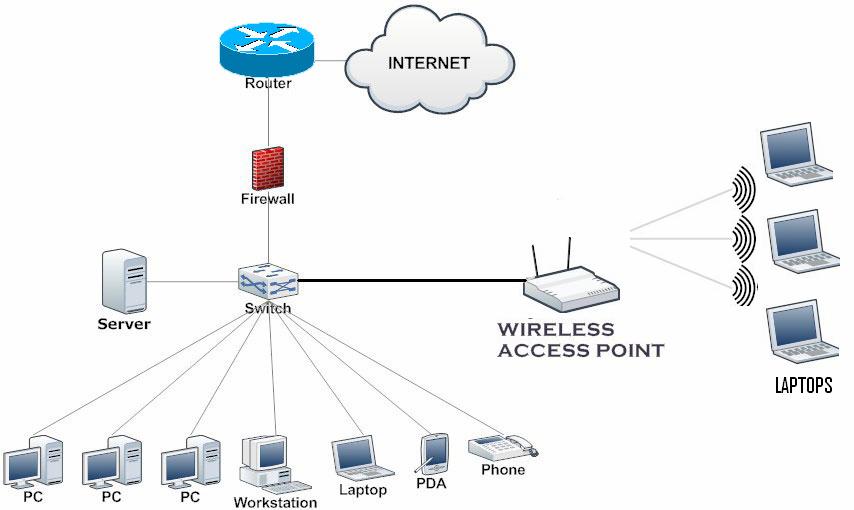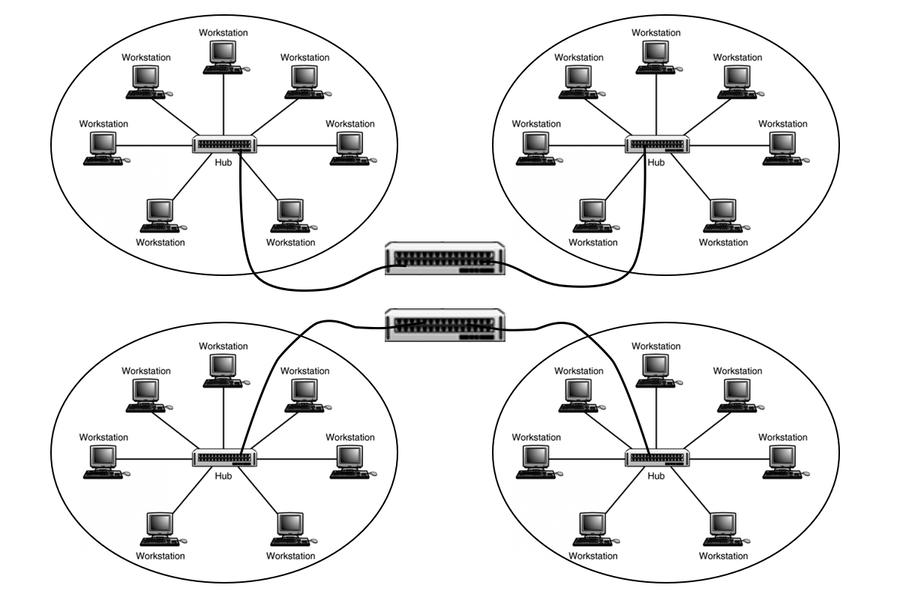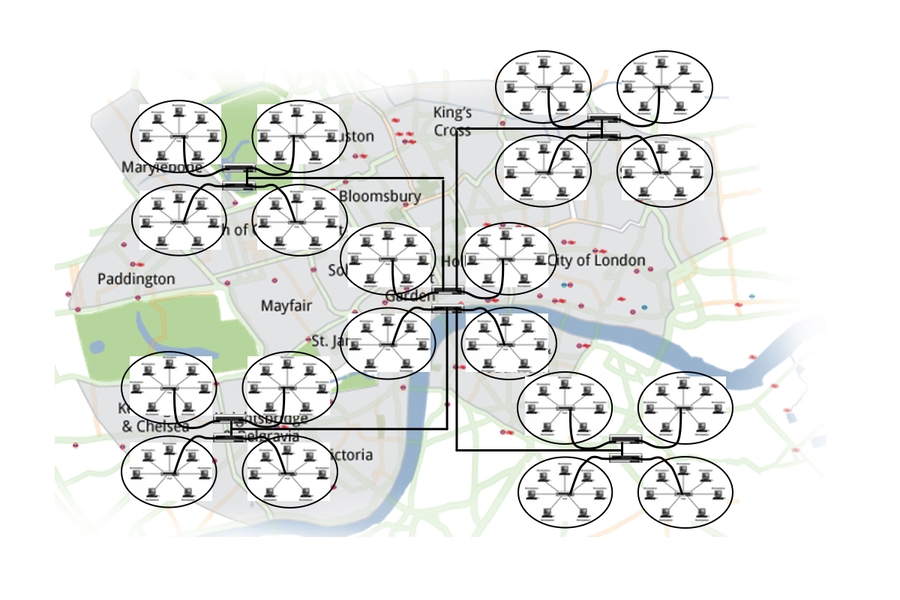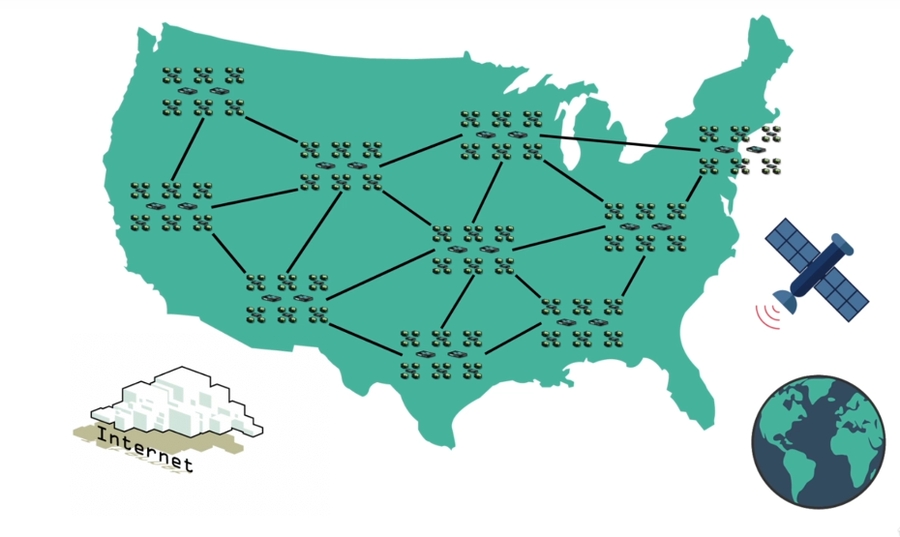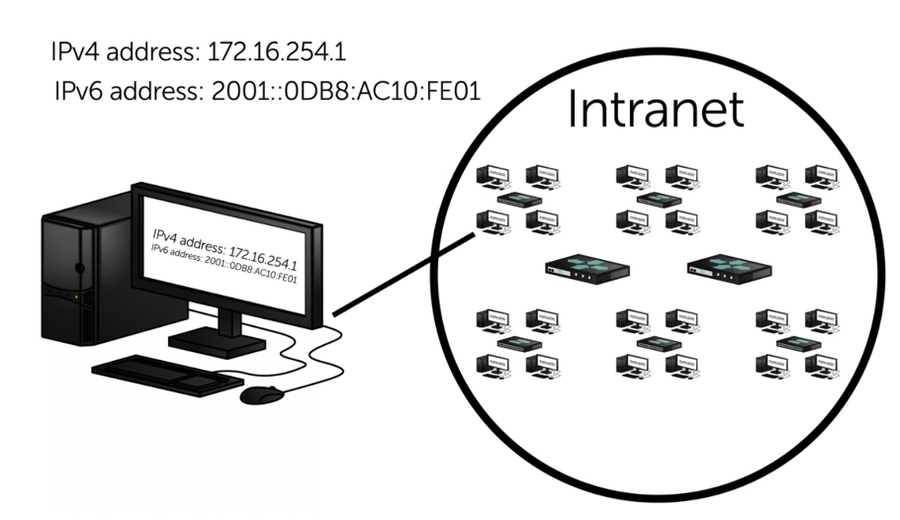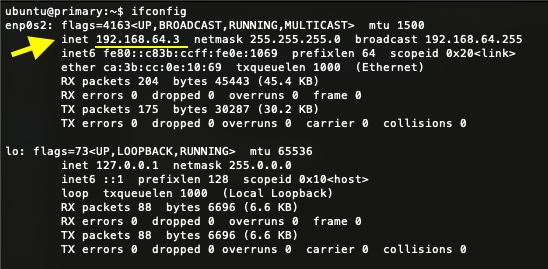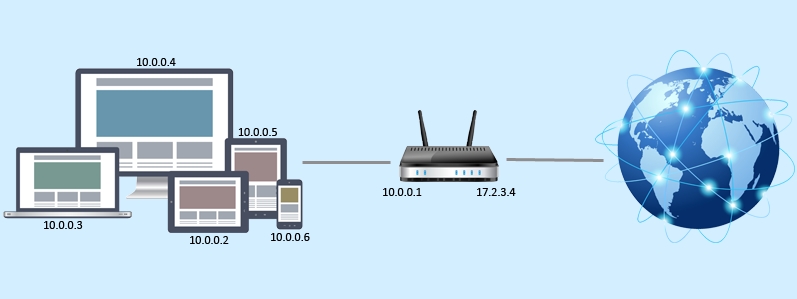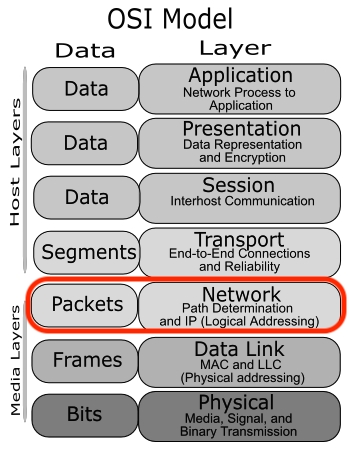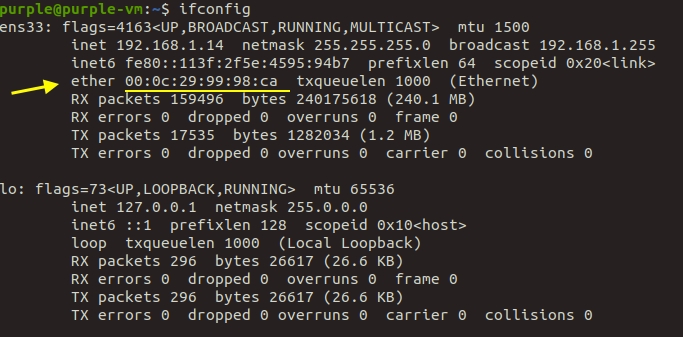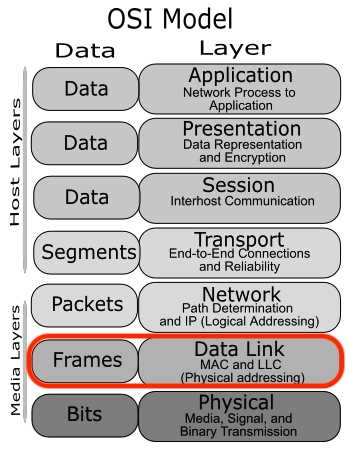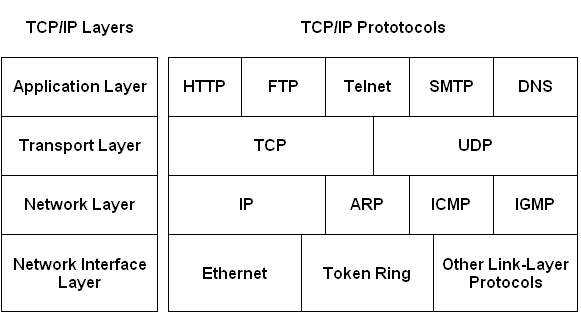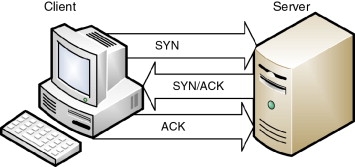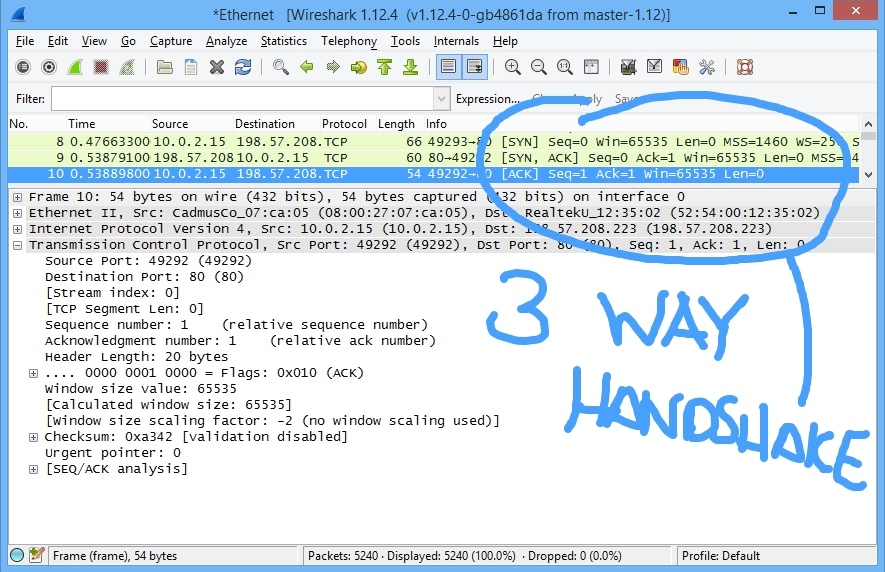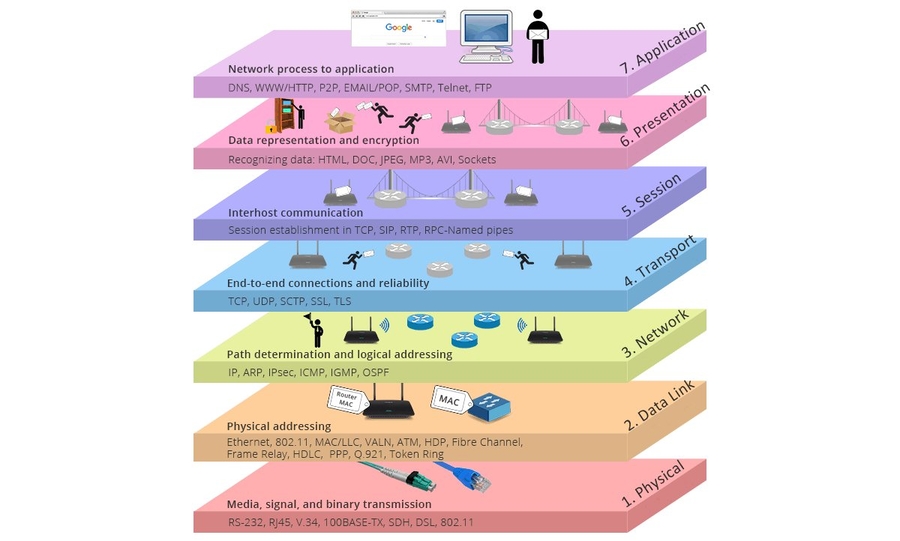Network basics
1. Introduction
So, what the heck is a Network?
A network consists of two or more computers that are linked in order to share resources. Computer networks are the basis of communication in IT. They are used in a huge variety of ways and can include many different types of network. A computer network is a set of computers that are connected together so that they can share information. The earliest examples of computer networks are from the 1960s, but they have come a long way in the half-century since then.
LAN Network Topology - SOHO / Small Home Network
Two very common types of networks include: LAN (Local Area Network) and WAN (Wide Area Network)
Topologies
There are many different types of network, which can be used for different purposes and by different types of people and organization. Here are some of the network types that you might come across:
LAN - Local Area Network
A LAN is a network that has a logical and physical borders that a computer can broadcast
WAN - Wide Area Network
WAN is a multiple LANs or additional WANs with routing functionality for interconnectivity.
MAN - Metropolitan Area Network
Internet
Connecting WANs through WANs until complete the entire world = Internet.
The protocol which runs the internet is TCP/IP
As long you're using legitimate IPv4 address or IPv6
Intranet
If you're using the TCP/IP stack and making your own LAN or WAN = Intranet.
Intranet is a private network which still runs TCP/IP
Common Terms in Networking
IP (internet protocol) address: the network address of the system across the network, which is also known as the Logical Address).
MAC address: the MAC address or physical address uniquely identifies each host. It is associated with the Network Interface Card (NIC).
Open system: an open system is connected to the network and prepared for communication.
Closed system: a closed system is not connected to the network and so can't be communicated with.
Port: a port is a channel through which data is sent and received.
Nodes: nodes is a term used to refer to any computing devices such as computers that send and receive network packets across the network.
Network packets: the data that is sent to and from the nodes in a network.
Routers: routers are pieces of hardware that manage router packets. They determine which node the information came from and where to send it to. A router has a routing protocol which defines how it communicates with other routers.
Network address translation (NAT): a technique that routers use to provide internet service to more devices using fewer public IPs. A router has a public IP address but devices connected to it are assigned private IPs that others outside of the network can't see.
Dynamic host configuration protocol (DHCP): assigns dynamic IP addresses to hosts and is maintained by the internet service provider.
Internet service providers (ISP): companies that provide everyone with their internet connection, both to individuals and to businesses and other organizations.
2. IP & MAC Address
What is an IP Address (Internet Protocol)?
An IP address is a unique address that identifies a device on the internet or a local network. IP stands for "Internet Protocol," which is the set of rules governing the format of data sent via the internet or local network.
Check your local IP address
If you are using Linux or MacOS you can open your terminal and type
ifconfigcommandFor Windows machine you can open up the cmd prompt or powershell, then type
ipconfig /all
inet IPv4:
192.168.64.3inet--> The inet (Internet protocol family) show the local IP address. This is IP version 4 (IPv4) Using 32-bit decimal number.
inet6 IPv6:
fe80::c83b:ccff:fe0e:1069inet6--> Is a new version of IP (IPv6), using 128 bits hexadecimal value.
ether--> MAC address - unique identifier assigned to a network interface controller (NIC)
More about the IPv4 decimal value:
The arithmetic behind IPv4:
One octet have 8 bits:
8th bit
7th bit
6th bit
5th bit
4th bit
3rd bit
2nd bit
1st bit
128 (2^7)
64 (2^6)
32 (2^5)
16 (2^4)
8 (2^3)
4 (2^2)
2 (2^1)
1 (2^0)
Here is how binary octets convert to decimal: The right most bit, or least significant bit, of an octet holds a value of 2^0. The bit just to the left of that holds a value of 2^1. This continues until the left-most bit, or most significant bit, which holds a value of 2^7. So if all binary bits are a one, the decimal equivalent would be 255 as shown here:
Take the IP:
192.168.64.3The first octet
192in 8-bit binary is11000000.Only the
8thand7thbit is on and the rest of them (6th to 1st bit) is off, meaning the decimal value is the final sum of these values:128 + 64 = 192
⚠️ Why? Computers see everything in terms of binaryll; on and off.
IPv4 and IPv6
Private and Public IP Addresses
All IPv4 addresses can be divided into two major groups: global (or public, external) - this group can also be called 'WAN addresses' — those that are used on the Internet, and private (or local, internal) addresses — those that are used in the local network (LAN).
More about Private IP addresses:
Private (internal) addresses are not routed on the Internet and no traffic can be sent to them from the Internet, they only supposed to work within the local network. Private addresses include IP addresses from the following subnets:
NAT - Network Address Translation
NAT stands for network address translation. It’s a way to map multiple local private addresses to a public one before transferring the information. Organizations that want multiple devices to employ a single IP address use NAT, as do most home routers.
Static NAT
When the local address is converted to a public one, this NAT chooses the same one. This means there will be a consistent public IP address associated with that router or NAT device.
Dynamic NAT
Instead of choosing the same IP address every time, this NAT goes through a pool of public IP addresses. This results in the router or NAT device getting a different address each time the router translates the local address to a public address.
⚠️ IP Addresses operates on Layer 3 of OSI Model
Note: This module will cover OSI model later.
3. Subnetting
Why subnetting?
The way IP addresses are constructed makes it relatively simple for Internet routers to find the right network to route data into. However, in a Class A network (for instance), there could be millions of connected devices, and it could take some time for the data to find the right device. This is why subnetting comes in handy: subnetting narrows down the IP address to usage within a range of devices.
Because an IP address is limited to indicating the network and the device address, IP addresses cannot be used to indicate which subnet an IP packet should go to. Routers within a network use something called a subnet mask to sort data into subnetworks.
⚠️ Subnetting is really important for penetration testers and aspiring hackers, eventually you will face several cases involving small or large networks in your future engagements. Understanding the IP address type, range, available hosts is crucial for any network analysis.
Cheat sheet makes easier for subnetting
CyberMentor Subnetting Sheet: https://twitter.com/thecybermentor/status/1211335431406727169
Subnetting Cheat sheet alternative: https://nsrc.org/workshops/2009/summer/presentations/day3/subnetting.pdf
Exercises:
Subnetting comes in handy to awnser basic questions like:
Identify the network and broadcast address
How many hosts available in the network/hosts range?
What masks allow the particular host?
192.168.1.16/28
255.255.255.240
14
192.168.1.16
192.168.1.31
192.168.0.0/22
?
?
?
?
Take the
192.168.0.0/22IP range listed aboveYou can easily figure out the subnet mask by look the cheat sheet, you can see the
252column. Just replace the value ofx. You will get255.255.252.0Subnet masks can be 0, 128, 192, 224, 240, 248, 252, 254 and 255.
To understand the basics of math behind the bits, check the next figure below:
The number of hosts is
2^(n) - 2.n = off bits�In this case, is 2^10 = 1024 -> 1024 - 2 =
1022
The network portion is the first and lowest possible value.
The broadcast is the last and highest possible value.
192.168.0.0/22
255.255.252.0
1022
192.168.0.0
192.168.3.255
Other relevant information about IPs
IPv4 Main Address Types
Unicast - acted on by a single recipient
Multicast - acted on by members of a specific group
Broadcast - acted on by everyone on the network
Limited - delivered to every system in the domain (255.255.255.255)
Directed - delivered to all devices on a subnet and use that broadcast address
Subnet mask - determines how many address available on a specific subnet
Represented by three methods
Decimal - 255.240.0.0
Binary - 11111111.11110000.00000000.00000000
CIDR - x.x.x.x/12 (where x.x.x.x is an ip address on that range)
If all the bits in the host field are 1s, the address is the broadcast
If they are all 0s, it's the network address
Any other combination indicates an address in the range
MAC Addresses
MAC (Media Access Control) address is provided by NIC Card'd manufacturer and gives the physical address of a computer.
The first three bytes of a MAC address were originally known as OUI’s, or Organizational Unique Identifiers. Each manufacturer of networking equipment was assigned an OUI, and was free to assign their own numbers in that block.
Checking vendor behind MAC addresse
Copy and save the first three bytes of your address. (The first three bytes from image above is
00:0c:29)Validate the information by performing a MAC Address Lookup on the internet. For this example I'm using: https://aruljohn.com/
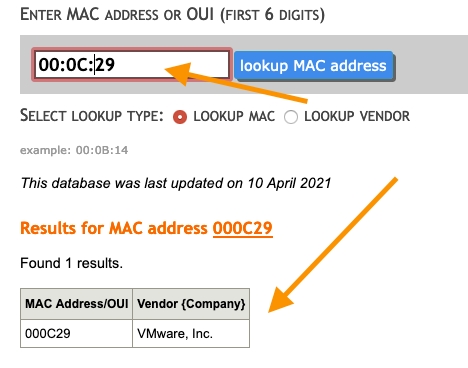
As you can see the OUI lookup identify a virtual network interface provided by VMware
So, to summarize, the first three bytes are assigned to a manufacturer of networking equipment and the manufacturer assigns the last three bytes of an address.
⚠️ MAC Addresses operates on Layer 2 of OSI Model
4. TCP/IP, UDP and 3-Way-Handshake
Transmission Control Protocol/Internet Protocol (TCP/IP)
What is TCP used for?
TCP enables data to be transferred between applications and devices on a network. It is designed to break down a message, such as an email, into packets of data to ensure the message reaches its destination successfully and as quickly as possible.
What does TCP mean?
TCP means Transmission Control Protocol, which is a communications standard for delivering data and messages through networks. TCP is a basic standard that defines the rules of the internet and is a common protocol used to deliver data in digital network communications.
The TCP/IP model consists of several types of protocols, including:
TCP and IP
Address Resolution Protocol (ARP)
Internet Control Message Protocol (ICMP)
Reverse Address Resolution Protocol (RARP)
User Datagram Protocol (UDP)
TCP/IP Model
TCP is the most commonly used of these protocols and accounts for the most traffic used on a TCP/IP network. UDP is an alternative to TCP that does not provide error correction, is less reliable, and has less overhead, which makes it ideal for streaming.
The User Datagram Protocol (UDP)
Is a lightweight data transport protocol that works on top of IP. UDP provides a mechanism to detect corrupt data in packets, but it does not attempt to solve other problems that arise with packets, such as lost or out of order packets. That's why UDP is sometimes known as the Unreliable Data Protocol. UDP is simple but fast, at least in comparison to other protocols that work over IP. It's often used for time-sensitive applications (such as real-time video streaming) where speed is more important than accuracy.
The TCP format
The UDP format
TCP Handshake
TCP uses a three-way handshake to establish a reliable connection. The connection is full duplex, and both sides synchronize (SYN) and acknowledge (ACK) each other. The exchange of these four flags is performed in three steps:
SYN
SYN-ACK
ACK
The three message mechanism is designed so that two computers that want to pass information back and forth to each other can negotiate the parameters of the connection before transmitting data such as HTTP browser requests.
More TCP Flags
SYN
Synchronize
Set during initial communication. Negotiating of parameters and sequence numbers
ACK
Acknowledgment
Set as an acknowledgement to the SYN flag. Always set after initial SYN
RST
Reset
Forces the termination of a connection (in both directions)
FIN
Finish
Ordered close to communications
PSH
Push
Forces the delivery of data without concern for buffering
URG
Urgent
Data inside is being sent out of band. Example is cancelling a message
Capturing 3 Way handshakes (Example)
The figure below shows the 3-way-handshake packets captured by Wireshark
5. Ports & Protocols
What is a Port?
In computer networking, a port is a communication endpoint. At the software level, within an operating system, a port is a logical construct that identifies a specific process or a type of network service.
The most common ports
As a penetration tester or ethical hacker you should be familiar with the common ports and protocols used by popular services.
Port Numbers
Internet Assigned Numbers Authority (IANA) - maintains Service Name and Transport Protocol Port Number Registry which lists all port number reservations
Ranges
Well-known ports - 0 - 1023
Registered ports - 1024 - 49,151
Dynamic ports - 49,152 - 65,535
Port NumberProtocolTransport Protocol20/21
FTP
TCP
22
SSH
TCP
23
Telnet
TCP
25
SMTP
TCP
53
DNS
TCP/UDP
67
DHCP
UDP
69
TFTP
UDP
80
HTTP
TCP
110
POP3
TCP
135
RPC
TCP
137-139
NetBIOS
TCP/UDP
143
IMAP
TCP
161/162
SNMP
UDP
389
LDAP
TCP/UDP
443
HTTPS
TCP
445
SMB
TCP
514
SYSLOG
UDP
A service is said to be listening for a port when it has that specific port open
Once a service has made a connection, the port is in an established state
netstatcommand:Shows open ports on computer
netstat -an displays connections in numerical form
netstat -b displays executables tied to the open port (admin only)
6. OSI Model
OSI Model is a hypothetical networking framework that uses specific protocols and mechanisms in every layer of it. This model is used to divide the network architecture into seven different layers conceptually. These layers are:
There also involves some security postures and mechanisms that a security professional must know to detect and put the security method effectively in every layer.
More about the Layers:
Layer 7 - Application
This is the only layer that directly interacts with data from the user. Software applications like web browsers and email clients rely on the application layer to initiate communications. But it should be made clear that client software applications are not part of the application layer; rather the application layer is responsible for the protocols and data manipulation that the software relies on to present meaningful data to the user. Application layer protocols include HTTP as well as SMTP (Simple Mail Transfer Protocol is one of the protocols that enables email communications).
Layer 6 - Presentation
This layer is primarily responsible for preparing data so that it can be used by the application layer; in other words, layer 6 makes the data presentable for applications to consume. The presentation layer is responsible for translation, encryption, and compression of data.
Layer 5 - Session Layer
This is the layer responsible for opening and closing communication between the two devices. The time between when the communication is opened and closed is known as the session. The session layer ensures that the session stays open long enough to transfer all the data being exchanged, and then promptly closes the session in order to avoid wasting resources.
Layer 4 - Transport Layer
Layer 4 is responsible for end-to-end communication between the two devices. This includes taking data from the session layer and breaking it up into chunks called segments before sending it to layer 3. The transport layer on the receiving device is responsible for reassembling the segments into data the session layer can consume.
The transport layer is also responsible for flow control and error control. Flow control determines an optimal speed of transmission to ensure that a sender with a fast connection doesn’t overwhelm a receiver with a slow connection. The transport layer performs error control on the receiving end by ensuring that the data received is complete, and requesting a retransmission if it isn’t.
Layer 3 - Network Layer
The network layer is responsible for facilitating data transfer between two different networks. If the two devices communicating are on the same network, then the network layer is unnecessary. The network layer breaks up segments from the transport layer into smaller units, called packets, on the sender’s device, and reassembling these packets on the receiving device. The network layer also finds the best physical path for the data to reach its destination; this is known as routing.
Layer 2 - Data Link Layer
The data link layer is very similar to the network layer, except the data link layer facilitates data transfer between two devices on the SAME network. The data link layer takes packets from the network layer and breaks them into smaller pieces called frames. Like the network layer, the data link layer is also responsible for flow control and error control in intra-network communication (The transport layer only does flow control and error control for inter-network communications).
Layer 1 - Physical Layer
This layer includes the physical equipment involved in the data transfer, such as the cables and switches. This is also the layer where the data gets converted into a bit stream, which is a string of 1s and 0s. The physical layer of both devices must also agree on a signal convention so that the 1s can be distinguished from the 0s on both devices.
Last updated
